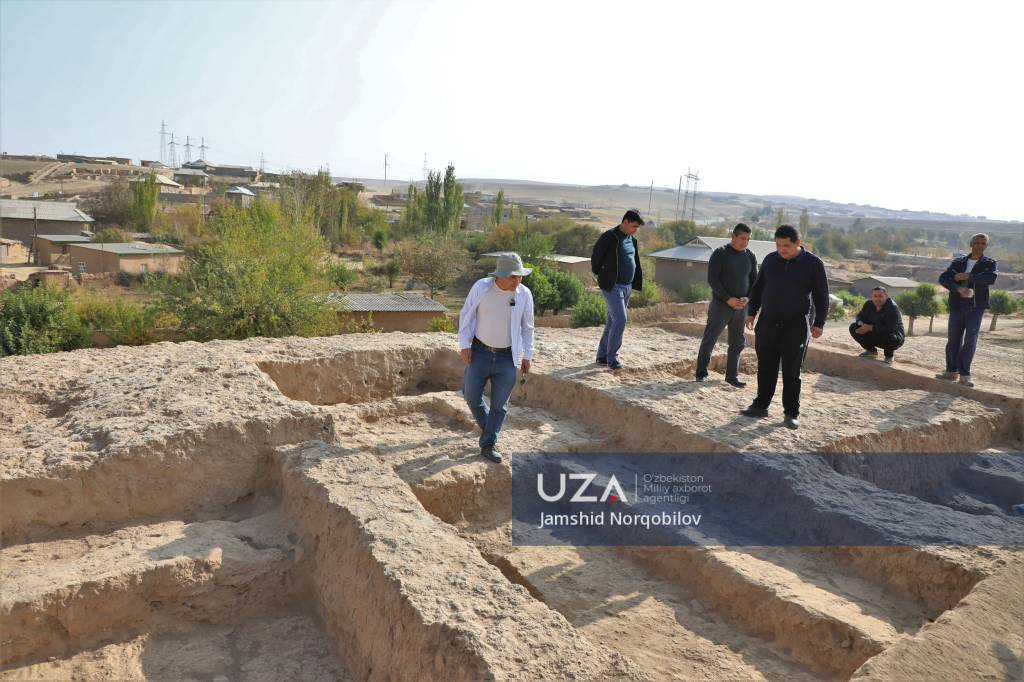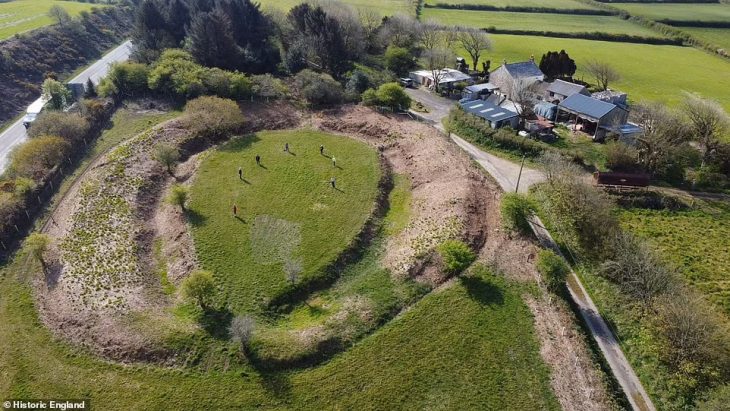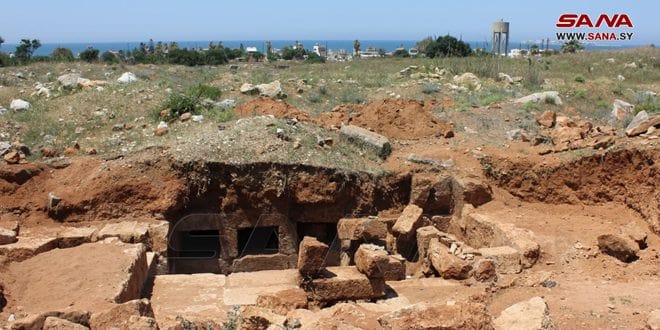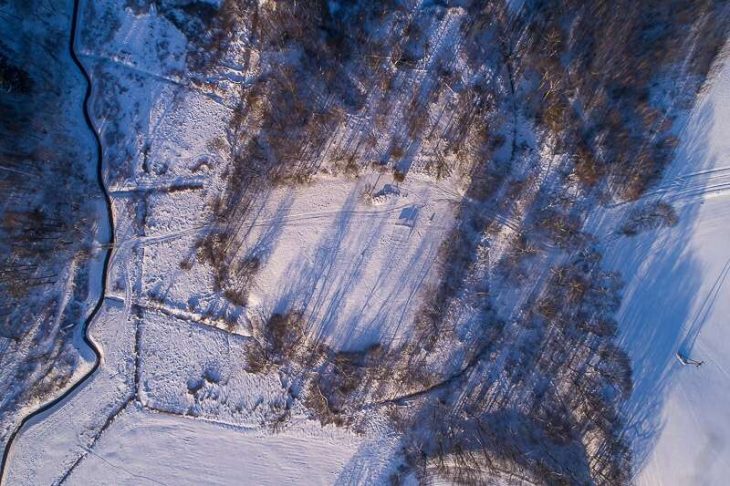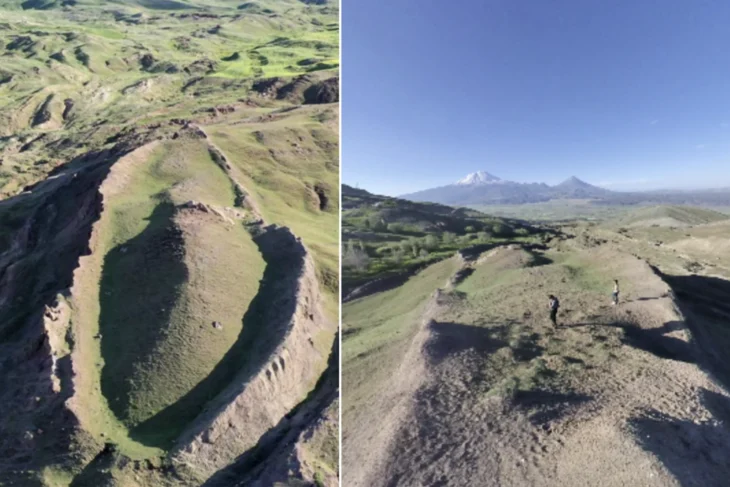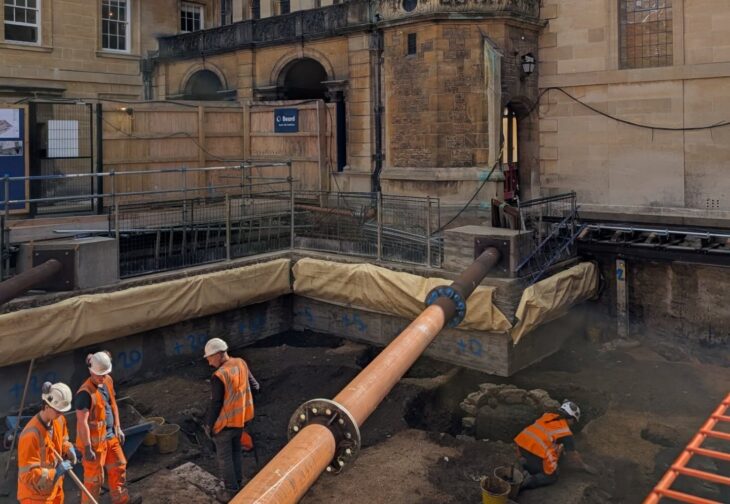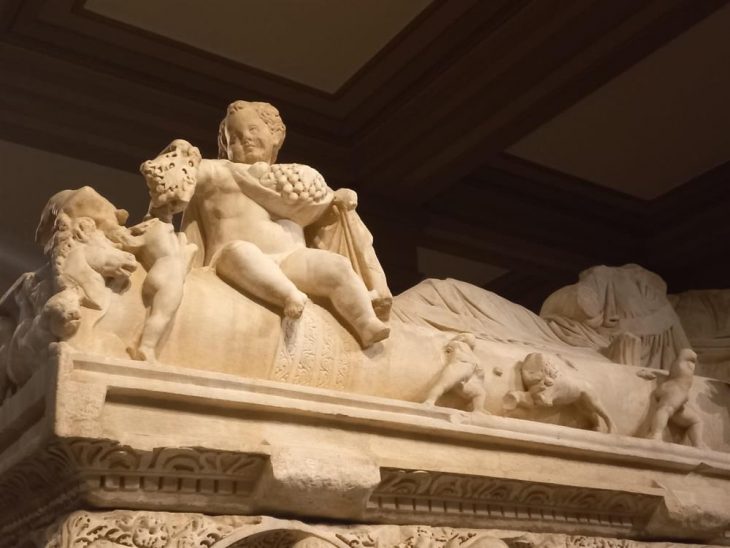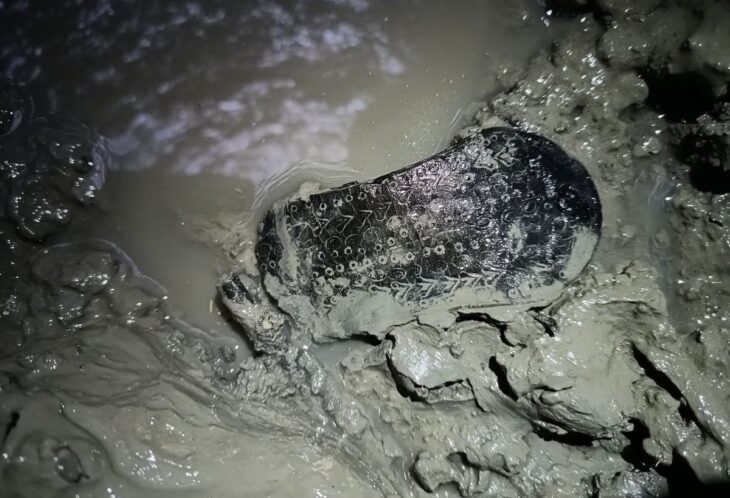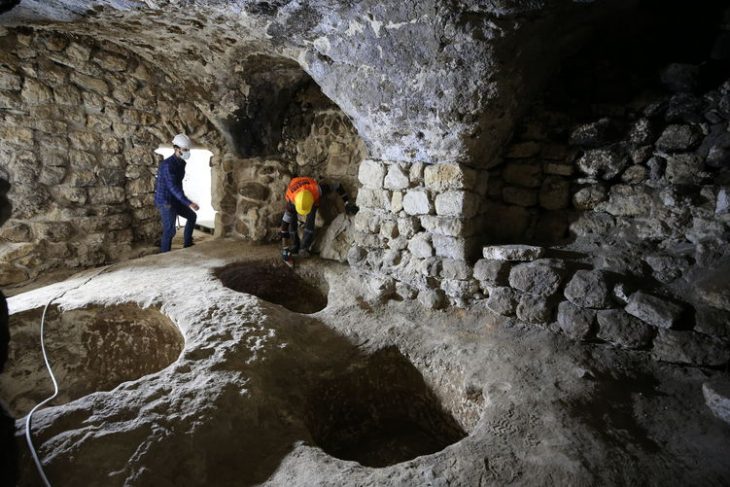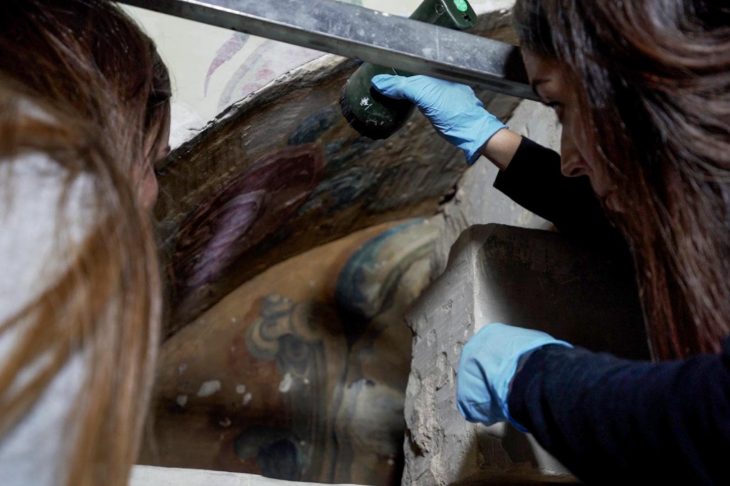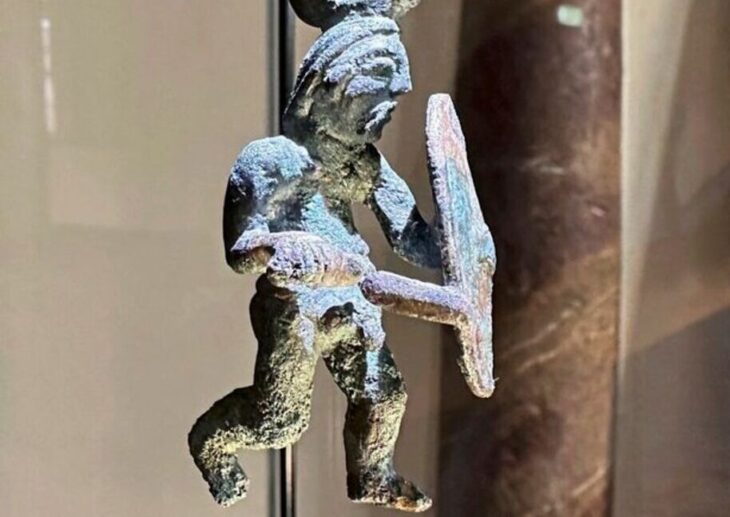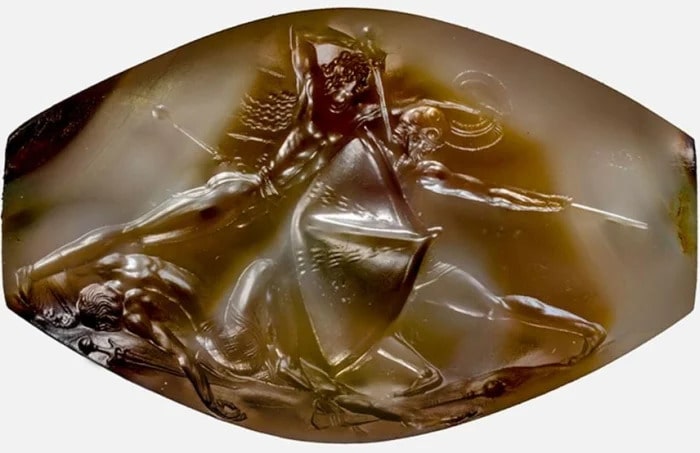The windswept hills of Uzbekistan’s Kashkadarya Oasis, long known as one of the cradles of human settlement in Central Asia, have yielded a major archaeological discovery: the remains of a fortified city that flourished between the 3rd century BC and the 3rd century AD. A research team from the Samarkand Institute of Archaeology has identified the settlement on a prominent mound near the village of Pasttol in the Kamashi district, revealing new layers of urban history in a region where more than 1,500 archaeological sites have already been documented.
A Newly Identified Stronghold on the Ancient Caravan Route
The site, locally known as Baburtepa, lies just south of Pasttol and occupies a strategic position along the historic Langar road, once a vital artery linking Bukhara and Khwarezm. The mound covers more than six hectares and rises 8 to 10 meters above the surrounding landscape—dimensions that immediately suggested to researchers that they were dealing with a major architectural complex rather than an isolated outpost.
Dr. Sanjar Abdurakhimov of the Samarkand Institute, one of the project’s lead archaeologists, reports that the structure was originally mapped by senior scholar Abdusabur Raimkulov but has never been excavated systematically until now. Fieldwork began in 2023, and by 2024 the team had opened trenches in three sectors, uncovering foundations of a rectangular fortress with clear evidence of sustained habitation.
According to Abdurakhimov, the central portion of the complex likely contained a palace or ceremonial building. Excavations revealed a large hall, several adjacent rooms, and fragments of vibrant wall paintings—rare survivals in the region’s archaeological record.
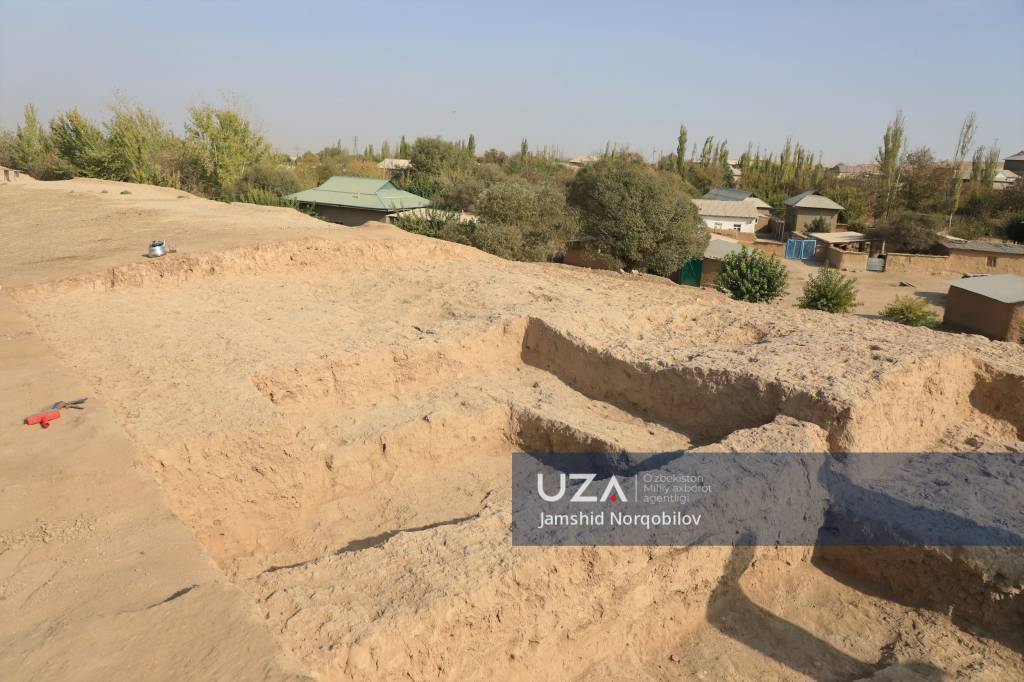
Craft Production and Daily Life in a Long-Lived City
Beyond the monumental structures, the site provides a vivid picture of craft specialization and urban continuity. Excavators uncovered defensive walls, guard posts, pottery workshops, storage urns, and numerous ceramic artifacts scattered across the settlement.
📣 Our WhatsApp channel is now LIVE! Stay up-to-date with the latest news and updates, just click here to follow us on WhatsApp and never miss a thing!!
The ceramics—figurines, vessels, and funerary urns—were produced with an exceptional level of craftsmanship. Several figurines stylistically align with the Seleucid and Kushan periods, suggesting that the city maintained cultural and economic ties across empires that once controlled or influenced Central Asia.
Archaeologists also identified traces of stone-carving workshops, pointing to a local tradition of artistic production. The combination of pottery, stone crafts, and architectural complexity indicates that the fortified city was not a temporary encampment but a thriving settlement that persisted across multiple centuries.
A Region Dense With Forgotten Cities
New finds from the Kashkadarya Oasis offer a broader context for the Baburtepa discovery. In 2025 alone, archaeologists recorded more than 100 previously undocumented sites in the region—an astonishing number that reinforces the area’s position as one of the oldest and most densely urbanized landscapes in Central Asia.
Senior researcher Abdusabur Raimkulov notes that urban culture emerged in the oasis as early as the 9th–8th centuries BC. Its strategic location along caravan routes led to rapid expansion, and by the medieval era, the region contained more than 30 major cities.
The newly discovered fortress city adds substantial weight to this narrative. It provides a rare opportunity to study the evolution of fortified urban centers over a 600-year period, from the Hellenistic era through the Kushan Empire. Researchers believe that future excavations may uncover administrative quarters, residential blocks, or additional painted surfaces—elements that could shed light on political structures, religious practices, and everyday life in ancient Kashkadarya.
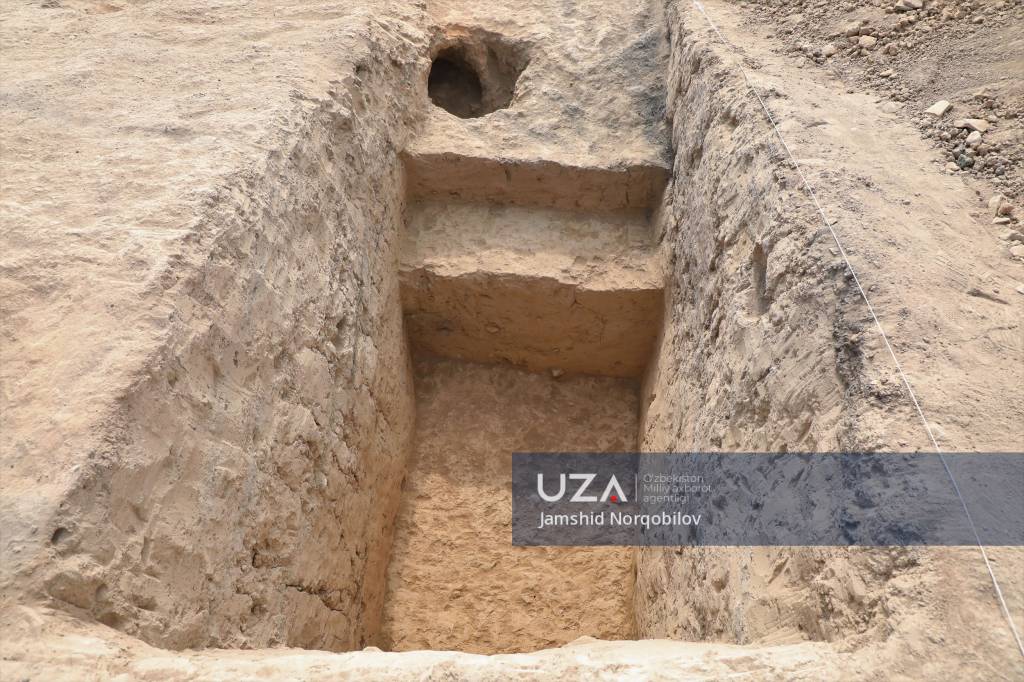
Expanding the Archaeological Map of Uzbekistan
For the Samarkand Institute of Archaeology, the Baburtepa project represents a long-term research commitment. Specialists plan to broaden excavations, conduct architectural mapping, and apply advanced technologies such as photogrammetry, soil analysis, and micro-excavation of painted plaster fragments.
The discovery not only enriches Uzbekistan’s already remarkable archaeological landscape but also opens a new window onto the development of early cities in the heart of the Silk Roads.
Cover Image Credit: UZA

